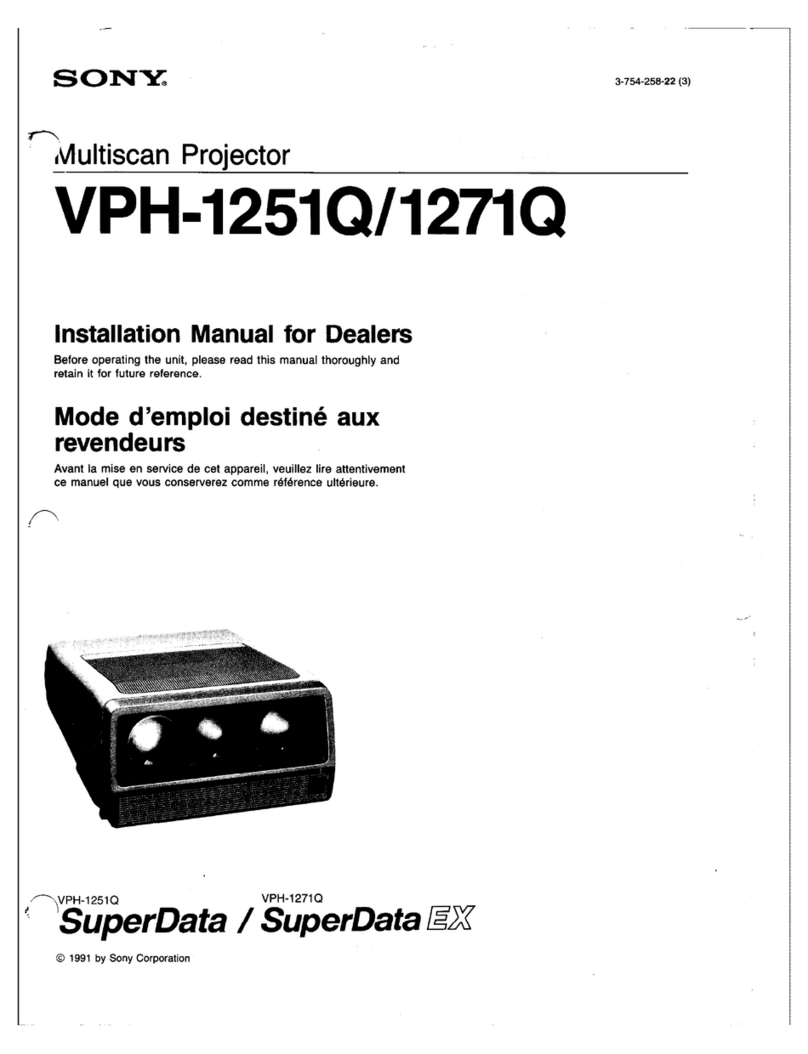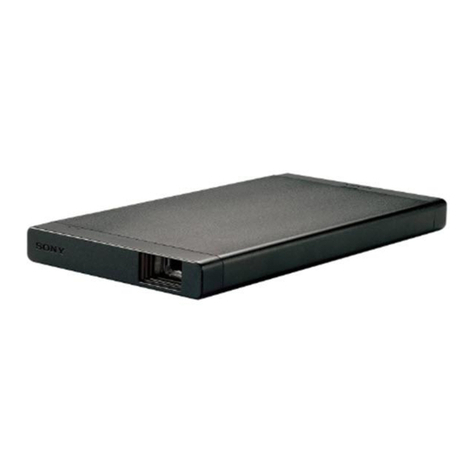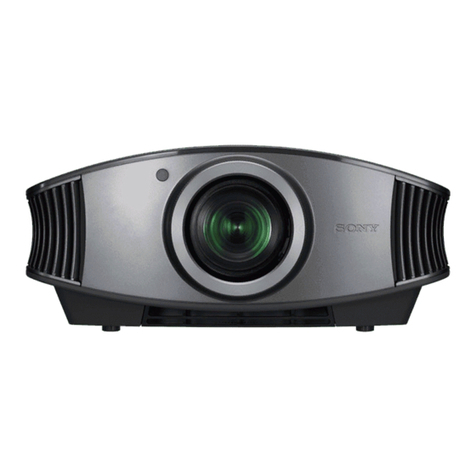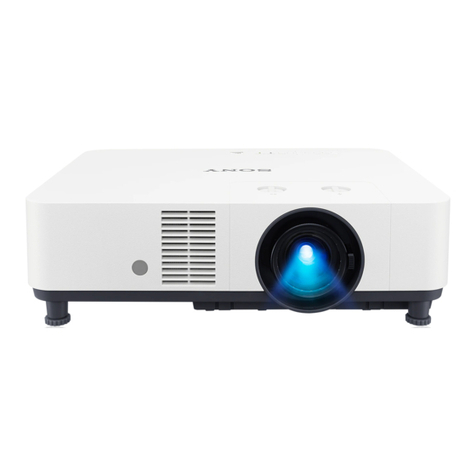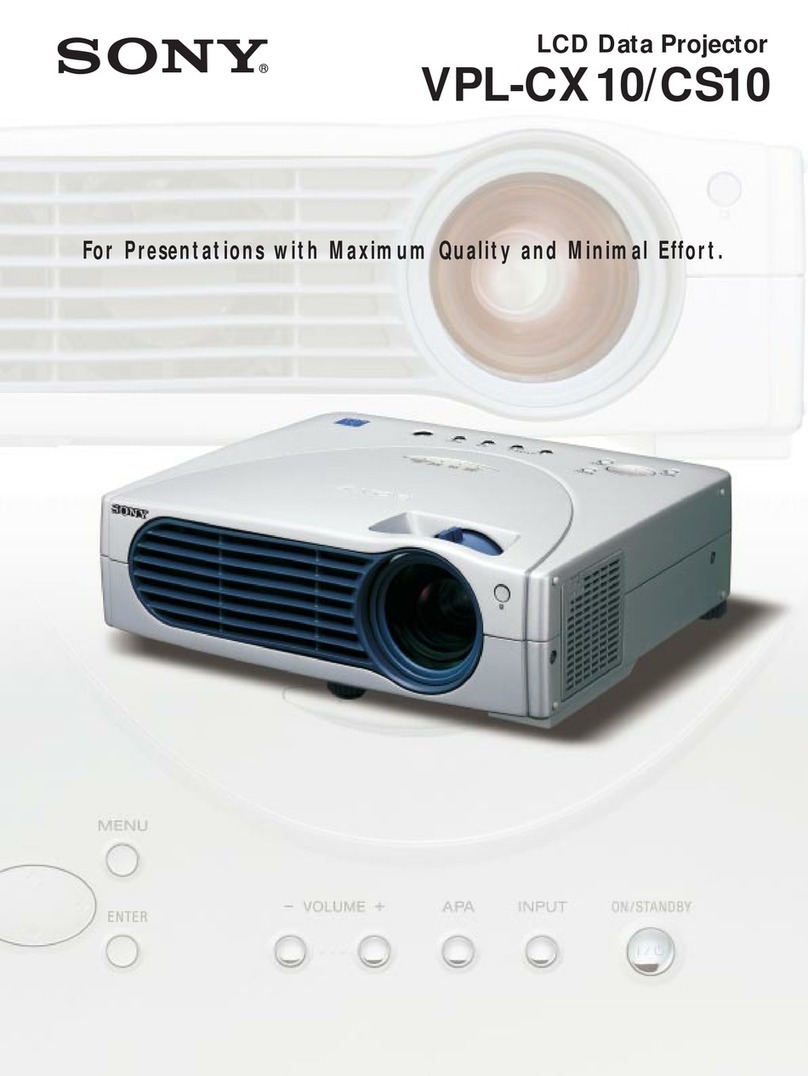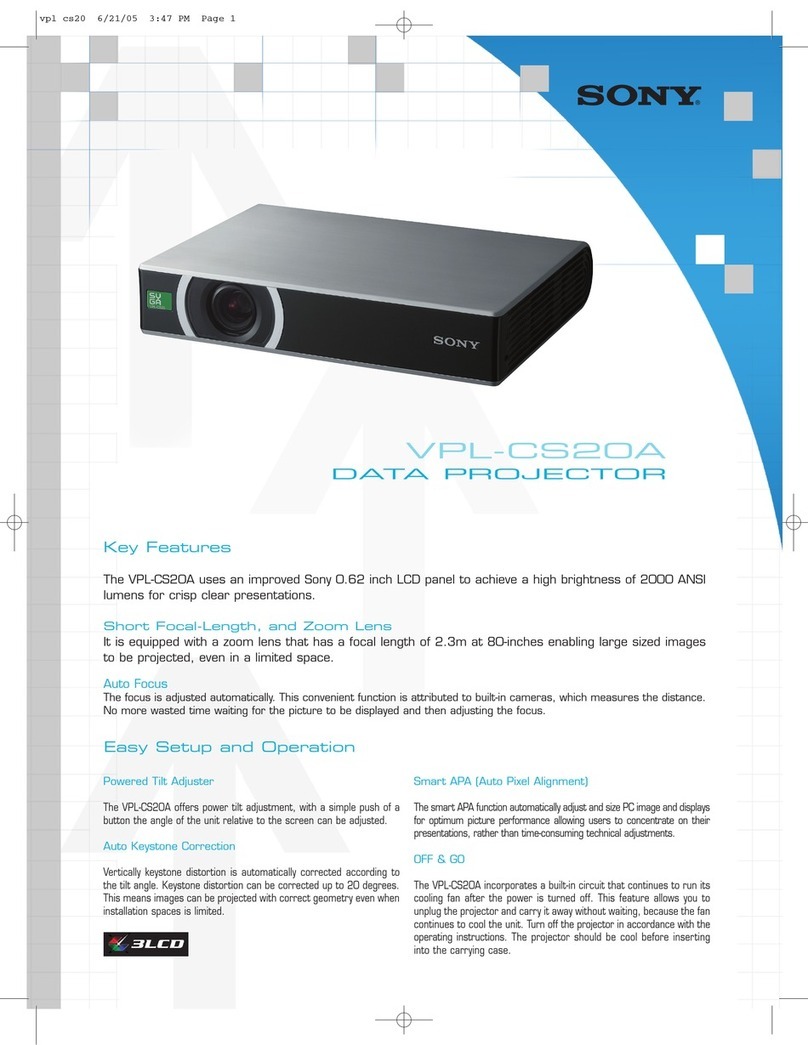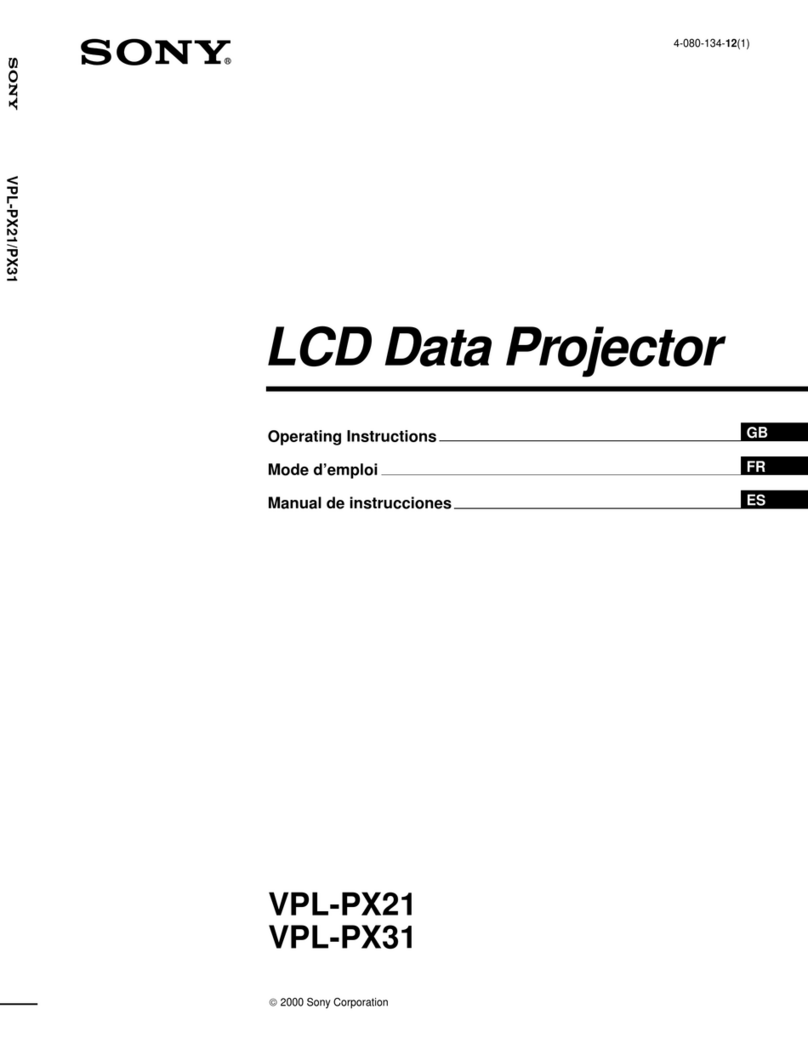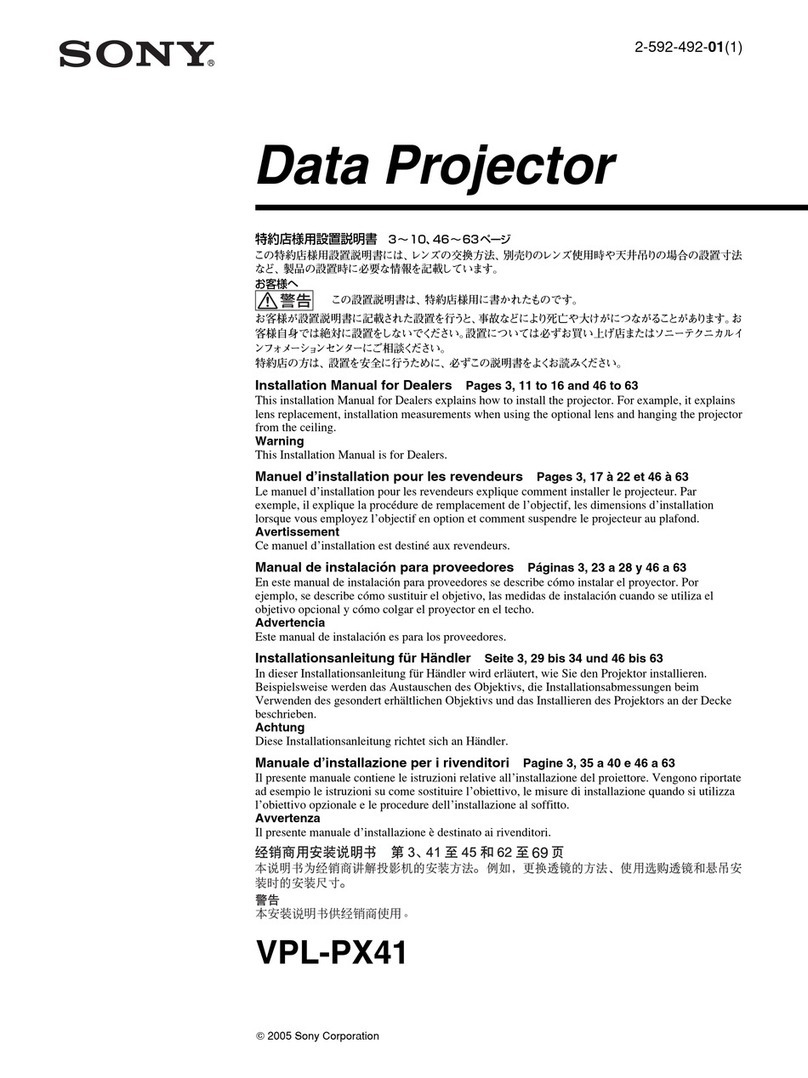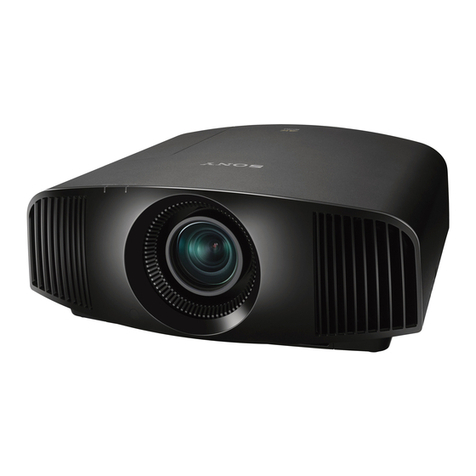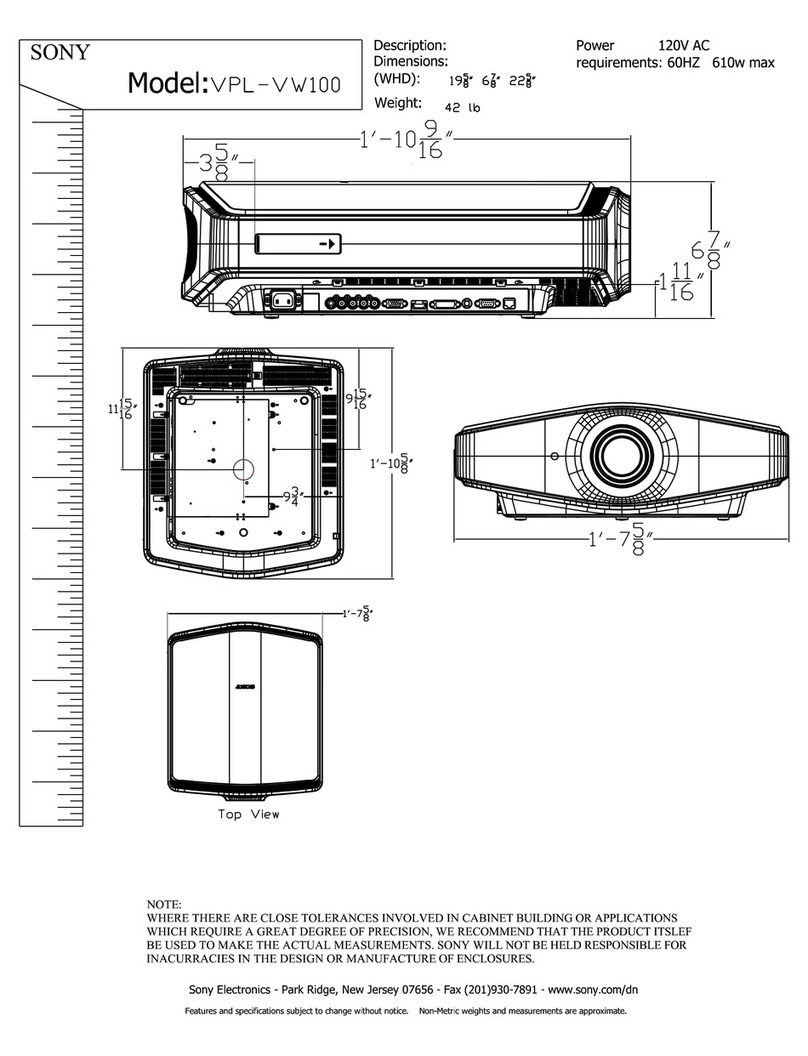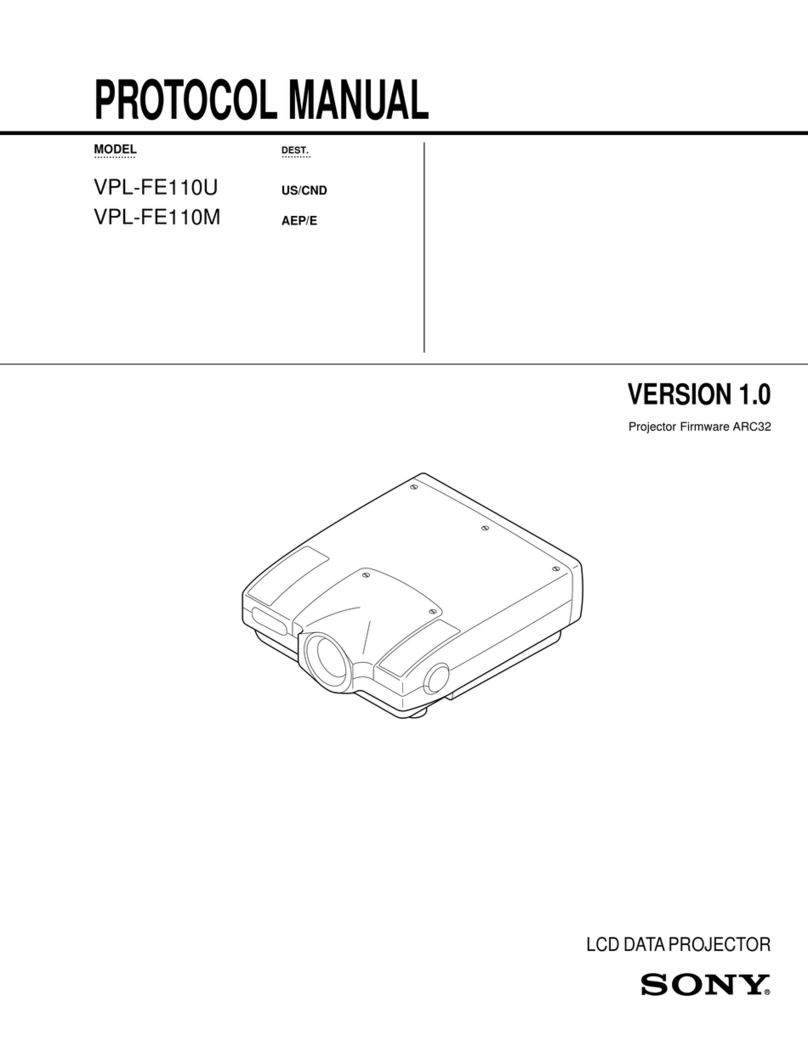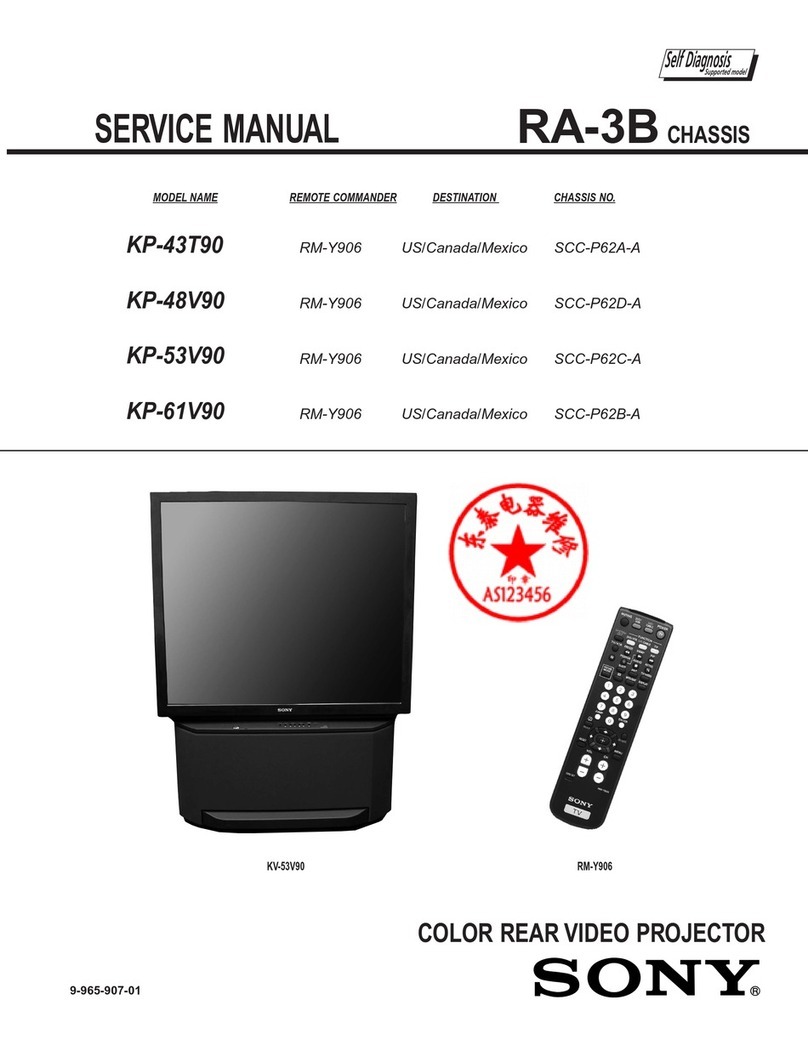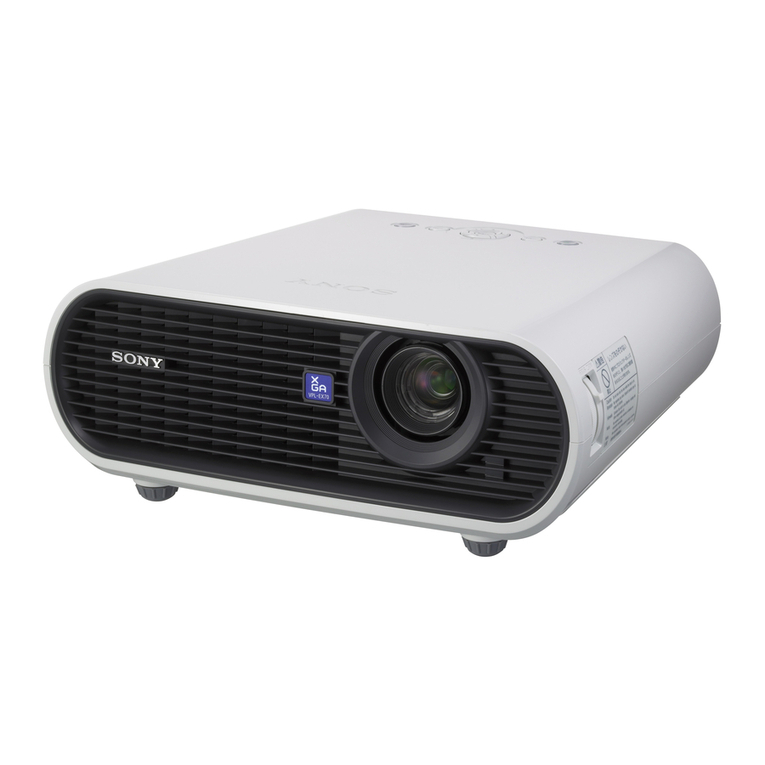
Sony VPL-FHZ55 Page 5
waste are less significant and the miniature size of the laser array reduces light scatter further
still.
Sony is studying the possibility of employing this scalable laser array in future projector
platforms with the addition or subtraction of lasers for either higher or lower output.
The phosphor is another unique formulation, based on decades of Sony experience with
phosphor coatings in television and projection CRTs. The result is a system that can
simultaneously achieve the superb resolution of WUXGA (1920 x 1200) and the high
brightness of 4,000 lumens.
Light output versus resolution
Both light output and resolution are critically important. High light output enables a projector to
be used in a wider range of commercial applications. High resolution enables a projector to
keep pace in a world where mass market tablets and even mobile phones can display full HD.
Resolution can make the difference between seeing beautiful images—or pixels. And a
higher-resolution projector can display more of a computer window without the need to scroll
around.
Unfortunately, there’s a tradeoff between resolution and brightness. This happens because of
two limitations—technology and cost.
On the technology side, the pixels in modern microdisplays measure only a few millionths of a
meter across—a fraction of the thickness of human hair. The gaps between pixels are even
smaller—as small as today’s fabrication technology allows. As we increase resolution, the
gaps between pixels occupy more and more screen area and the brightness decreases.
All else being equal, increasing the resolution decreases overall brightness (right)
because more of the screen is occupied by the gaps between pixels.
If we can’t make the gaps smaller, what about making the chips bigger? That gets very
expensive. Not only do bigger microdisplays cost much more, but they also require larger,
more expensive optical engines and projection lenses. Achieving both high resolution and
high brightness is a challenge.
As a result, the brightness limits of the hybrid laser system have forced designers to sacrifice
resolution. In a review of hybrid laser projectors as of October 1, 2013, most models had less
light output than the Sony VPL-FHZ55. Only one model had equivalent brightness—at lower
resolution. Similarly, most models had significantly lower resolution than the Sony projector.
And the two models that approached our resolution fell short in brightness! The VPL-FHZ55 is
the only laser projector to achieve the twin benchmarks of high resolution (WUXGA 1920 x
1200) and high brightness (4,000 lumens).
